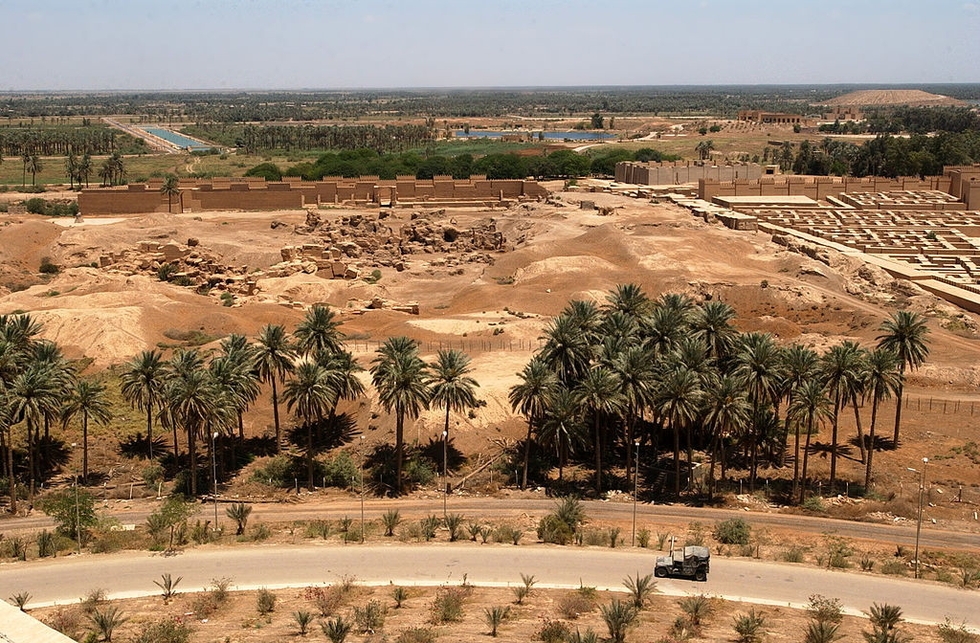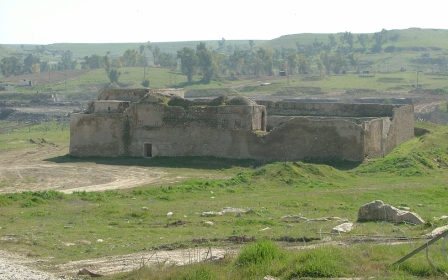New study reveals ancient Babylon used geometry to track planets

People in ancient Babylon used geometry to calculate the position of Jupiter some 1,400 years earlier than previously thought, researchers said on Friday.
The findings in the US journal Science are based on an analysis of four ancient tablets that were written in Babylon between 350 and 50 BC.
Previously, historians believed this kind of sophisticated geometry was born in 14th century Europe.
"These tablets are the earliest known examples of using geometry to calculate positions in time-space and suggest that ancient Babylonian astronomers may have influenced the emergence of such techniques in Western science," said the study led by Mathieu Ossendrijver of Humboldt University in Berlin, Germany.
"These tablets redefine our history books, revealing that European scholars in Oxford and Paris in the 14th century, who were previously credited with developing such calculations, were in fact centuries behind their ancient Babylonian counterparts."
The tablets show Jupiter appearing along the horizon at two intervals, noting the planet's position at 60 and 120 days.
They also contain geometrical calculations based on a trapezoid's area, and its "long" and "short" sides.
The study noted that it was previously thought that Babylonian astronomers only used arithmetical concepts.
But the ancient astronomers were in fact able to use geometry in an abstract sense to compute the time it took for Jupiter to travel, and its velocity.
Their methods "foreshadow the development of calculus," said the study.
Historian John Steele of Brown University, who was not involved in the study, described it to Science magazine as "an extremely important contribution to the history of Babylonian astronomy, and more generally to the history of science."
Babylon was the capital of Babylonia in southern Mesopotamia, about 60 miles south of Baghdad in Iraq.
Babylonia became famous under its sixth king, Hammurabi, who greatly expanded the city-state during his reign from 1792-50 BC.
Middle East Eye propose une couverture et une analyse indépendantes et incomparables du Moyen-Orient, de l’Afrique du Nord et d’autres régions du monde. Pour en savoir plus sur la reprise de ce contenu et les frais qui s’appliquent, veuillez remplir ce formulaire [en anglais]. Pour en savoir plus sur MEE, cliquez ici [en anglais].




